Drum Dogs
In one of the East Prussian, or more precisely Königsberg regiments, namely the 43rd Infantry (Infanterie-Regiment Herzog Karl von Mecklenburg-Strelitz (6. Ostpreussisches) Nr. 43), not only people but also dogs served in the musical chapel. Paukenhunds (Paukenhund - "drum dog" or "timpanist dog") were in military service for about 70 years and took part in several wars with the regiment.
The 43rd Infantry Regiment "Duke Karl von Mecklenburg-Strelitz" (6th East Prussian) was formed on May 5, 1860 during the reform of the Prussian army by Field Marshal Count Albrecht von Roon as part of three infantry regiments of the Landwehr (in Insterburg, Gumbinnen and Lötzen).
From July 4, 1860, it was renamed the 6th East Prussian Infantry Regiment. After the war of 1866, the regiment was assigned to the garrison of Königsberg and occupied barracks on Steindamm.
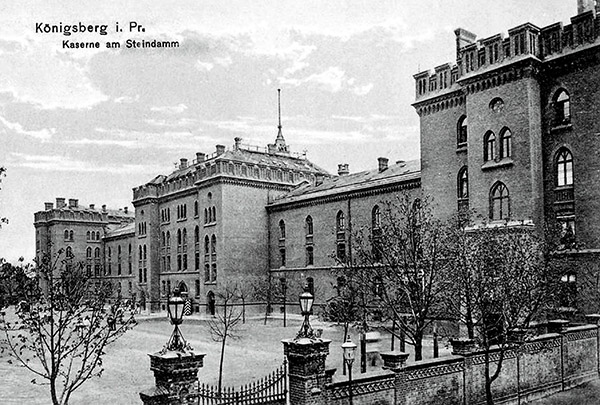
By a special decree of Kaiser Wilhelm II on January 27, 1889, the regiment was named after Duke Karl von Mecklenburg (Karl Friedrich August Mecklenburg-Strelitz, 1785-1837, general of the Prussian army, participant in the wars with Napoleon, half-brother of Queen Louise of Prussia). From this date on, the regiment was called the 43rd Infantry Regiment "Duke Karl von Mecklenburg-Strelitz" (6th East Prussian).
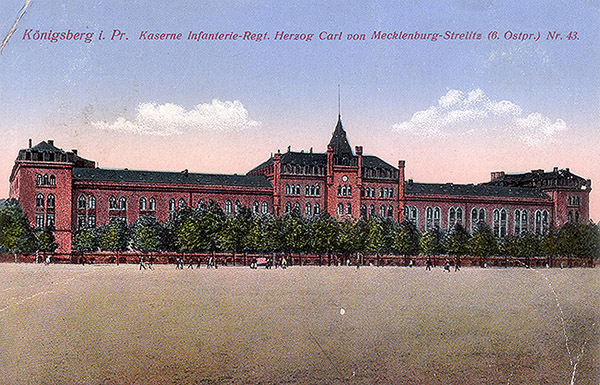
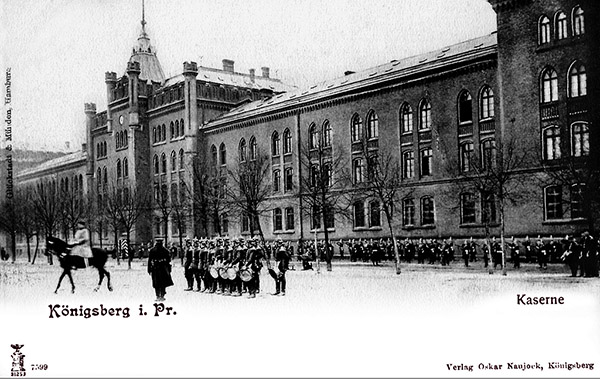
During the Prussian War against Austria in 1866, the regiment took part in the battles of Trautenau (now Trutnov, Czech Republic) and Königgrätz (Hradec Kralove, Czech Republic). During the Franco-Prussian War of 1870–71, the regiment fought in Lorraine and took part in the siege of Metz.
The regiment was mobilized to participate in World War I on August 2, 1914. It took part in battles in East Prussia (near Gumbinnen, Tannenberg and in the Masurian Lakes region). In March 1915, it was transferred to the Western Front, near Verdun, for four months, and then redeployed again to the Eastern Front. In December 1916, the 2nd and 3rd machine-gun companies joined the regiment. After the cessation of hostilities on the Eastern Front in 1917, the regiment was again transferred to Verdun. In March 1918, it took part in the spring offensive in France, and later in the battles of the Somme. In mid-August, the 3rd battalion of the regiment was transferred to the 376th Infantry Regiment. During the battles near Laffaux in September 1918, almost the entire regiment was captured.
In December 1918, the regiment was demobilized and on July 12, 1919, it was disbanded. Two Freikorps units were formed from the demobilized soldiers of the regiment, which later became part of the 96th Reichswehr Infantry Regiment. By decree of the commander of the Reichswehr ground forces, Hans von Seeckt, dated August 16, 1921, the 16th company was included in the 1st (Prussian) Infantry Regiment in Königsberg.
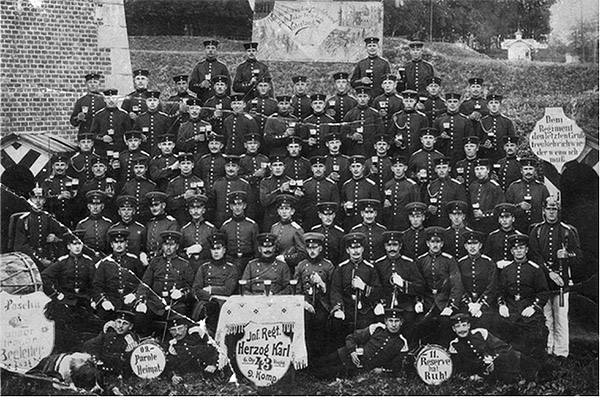
But let's get back to our dogs. The first time that paukenhunds appeared was in the Austrian army. In the Battle of Königgrätz, the 43rd Infantry Regiment captured a drum cart of the 77th Austrian Infantry Regiment named after Archduke Karl Salvator of Tuscany. The drum, as well as the cart, were damaged in the battle. The drum dog harnessed to the cart - a St. Bernard named Sultan - was killed in the battle. At the end of the war, the 43rd Regiment returned to the garrison. The soldiers took the drum cart with them as a trophy. As the regiment marched through the streets of Königsberg, it aroused great interest among the townspeople who met the soldiers. In 1867, the regiment was allowed to accept dogs into service and provide them with provisions (with all the ensuing consequences). Like the Austrians, the Prussians used St. Bernards as drum dogs. They were harnessed to a specially made cart, on which a large drum was installed. For long and conscientious service, a paukenhund could receive the stripes of a sergeant.
Drum dogs soon became a sort of calling card for the 43rd Regiment. A St. Bernard harnessed to a cart became a popular motif on postcards. Traditionally, the dogs were given the names Pasha and Sultan. The 43rd Regiment's musical chapel included at least two kettledrum dogs, although some postcards show three dogs.
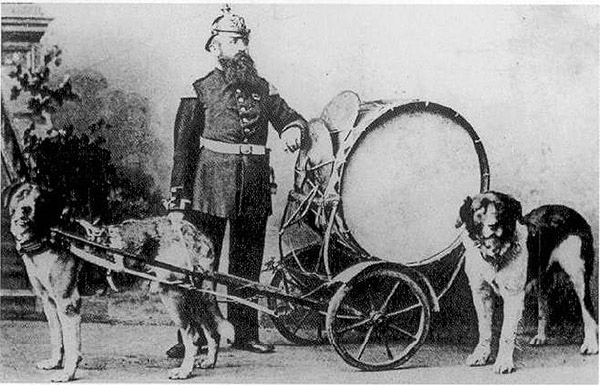
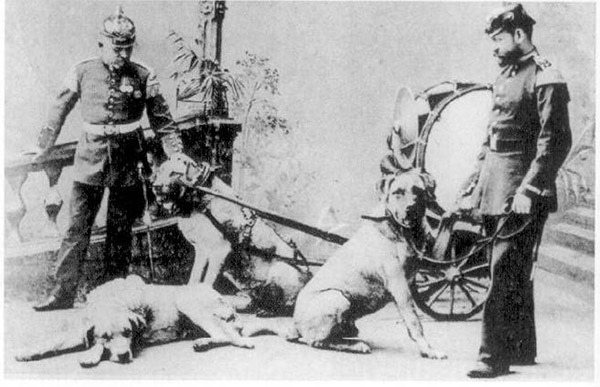
In peacetime, drum dogs took part in parades and concerts. The changing of the guard at the Royal Castle of Königsberg followed by an open-air concert at the Castle (Lower) Pond was a popular spectacle among the townspeople. The unusual show performed by the military orchestras of the Königsberg garrison (seven regimental and two battalion) attracted crowds of people not only near the castle, but also in the zoo and the summer theater "Luizenhöh". In winter, the skating club's skating rink became a concert venue.
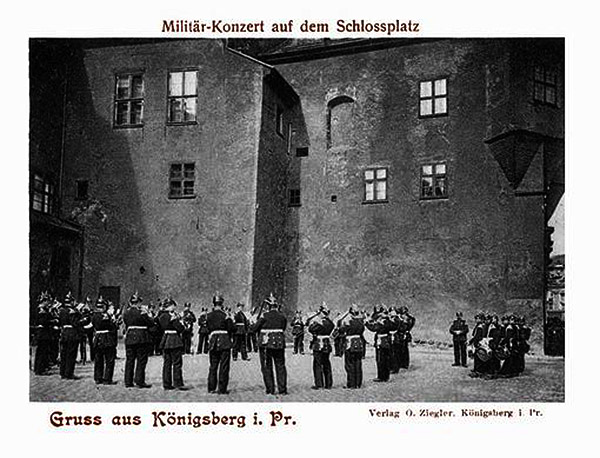
But the Pauchenhunds were real soldiers. On August 30, 1914, in the Battle of Tannenberg, the St. Bernard Pasha miraculously escaped Russian captivity - at the risk of his life, he was saved from under fire by the 5th Company sergeant major Fritz Purwin. Pasha served in the regiment until 1919. After the regiment was disbanded in 1919, the dog was retired and lived out his dog days on the estate of a former officer of the regiment.
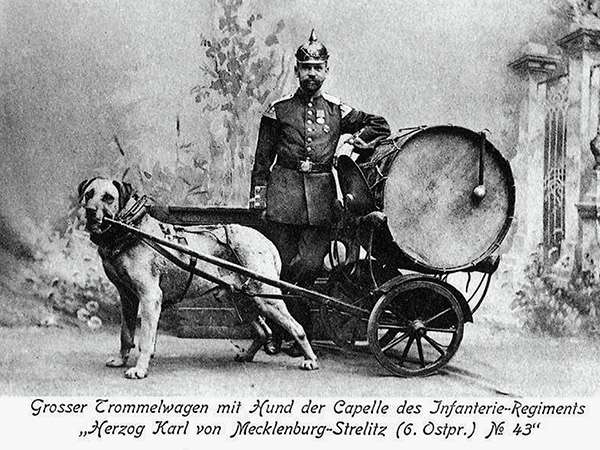
When the Reichswehr was formed, drum dogs were revived – in 1924, Colonel General Hans von Seeckt passed on the unique tradition of the 43rd Regiment to the 2nd Battalion of the 1st Infantry Regiment. The drum cart was found in the museum in the old town hall on Kneiphof. It was repaired. The merchant Karlitzky donated a St. Bernard, and the second was purchased by former officers of the 43rd Regiment.
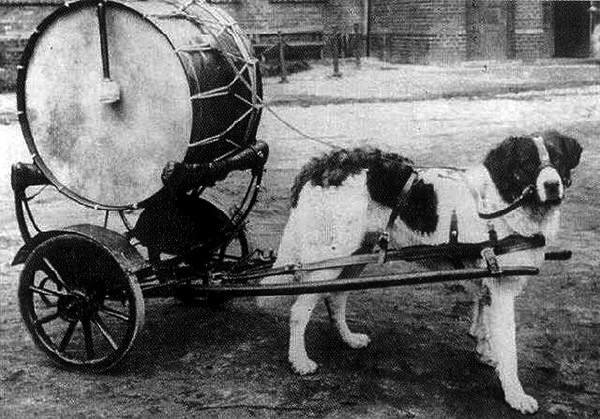
For a short period of time, drum dogs were in Insterburg.
When the Wehrmacht was being created, the regiment was again part of the Königsberg garrison. The military traditions of the 43rd regiment were transferred to the 3rd company of the 1st (Prussian) regiment. Both drum dogs, Sultan and Pasha, were the only such dogs in the Wehrmacht. Their care and training were the responsibility of the musician who played the big drum. The dogs took part in the Polish campaign, although they were in Königsberg at the time. During the storming of Königsberg in April 1945, the Pauchenhund trainer, Olkhorst, shot his family and dogs, and then committed suicide.
It is known that the drum wagon was painted blue and had wheels with metal rims until the autumn maneuvers of 1937. But for the maneuvers, the firm "Continental AG" provided rubber tires, which significantly reduced the weight of the wagon.

In 2010, a monument to the drum dogs of the 43rd regiment was erected in Kaliningrad. The author of the sculptural composition is A. Shevtsov.
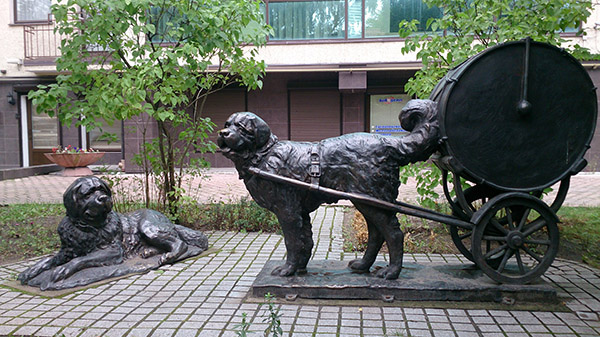
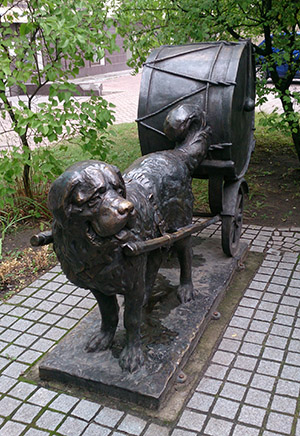
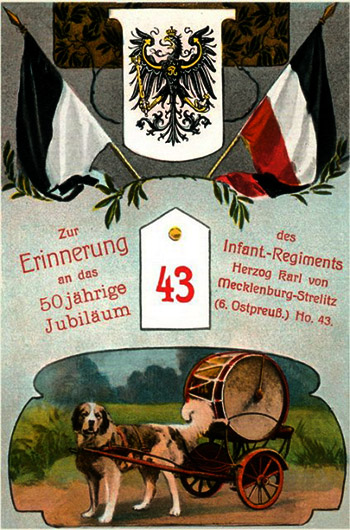
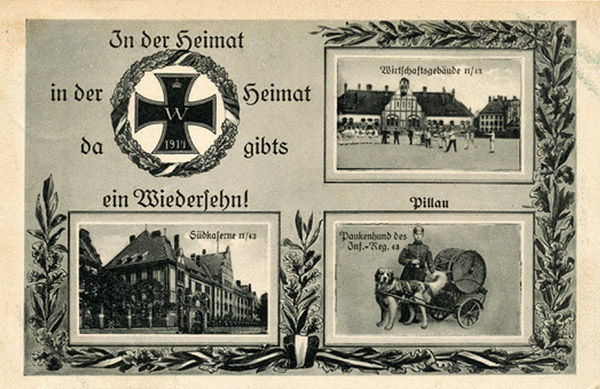

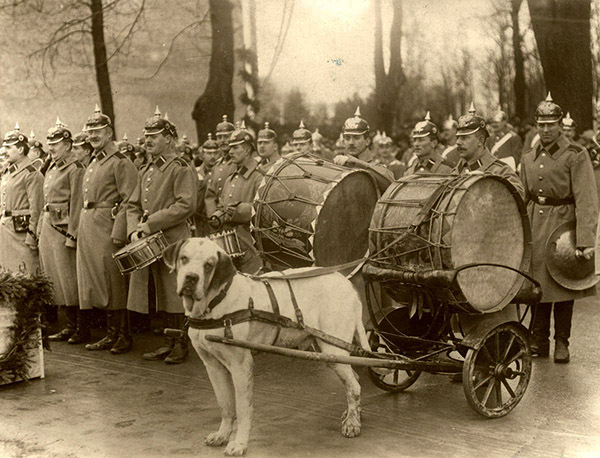
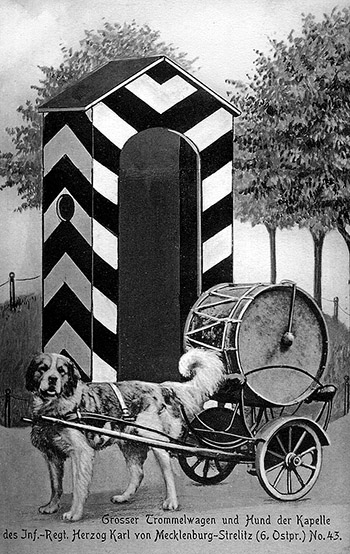
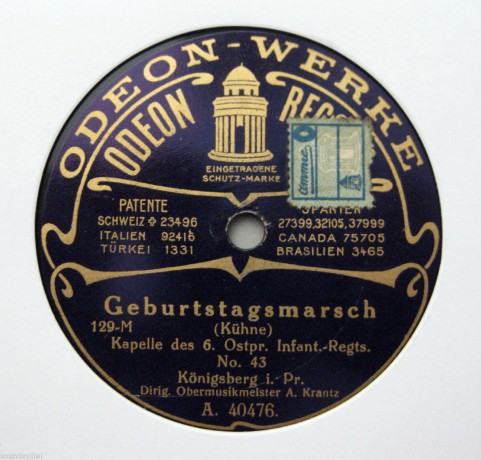

____________________________
Based on materials from:
Wikipedia
Mühlpfordt HM Konigsberg from A to Z. A state conference . Munich, 1976.
www.bildarchiv-ostpreussen.de
satyr78curiosa.blogspot.ru
